In either case I started off the new Bohusleden walks by something not far away from home, namely by walking from Kåsjön to Angereds Kyrka. The walk is in total about 22.9km (counting the two alternative ways to go near the lake Aspen). It took me 6h14min to complete the walk which means that my average speed was approximately 3.67km/h. This is a pretty good speed considering that the walk goes for the most part on footpaths and only a few segments go on gravel roads or asphalt roads. Most of the walk goes through mixed forests. Although the forests seem pretty ordinary for the most part they are still beautiful. There are also several large and small lakes on the path. Between Jonsered and Angereds Kyrka the terrain tends to vary more in height but it felt much more demanding the first time I walked that part (back in 2015) and now it's a piece of cake. There's not much more to say about the walk in general. As I've mentioned above the Bohusleden walks tend to be quite interesting and this walk was no exception. The weather was good although it was a bit cloudier during the last hours. But before I show the photos I want to describe some of the camera issues I've had, some of the solutions and some things I've learned about photography during this walk and the coming walks (feel free to skip to the photos if you're not interested in the wall of text below).
As you might remember if you've seen previous blog posts, especially regarding the Hallandsleden walks is that I tried improving photos that I thought had a blue cast. Usually it would be a picture in the woods and it would look unnaturally blue-ish when it should look green. Well, it turns out that it isn't an issue of blue cast per se, rather it is an issue of incorrect white balance/color balance. I don't understand white balance entirely but as far as I know it has to do with color temperature and that unlike human eyes, a camera does not have the ability to automatically properly adjust to different lighting conditions or light sources. In either case this article seems to explain it fairly well. So it's simply a matter of choosing the correct white balance, right? Well, it turns out it isn't as simple as that on my camera. Before trying something different during the last 1 to 2 hours of this walk I only used a mode called "Superior Auto" and it's very good in general, you can adjust the exposure level, it automatically reduces noise and blur, it automatically detects the scene type and it can give High Dynamic Range (HDR) photos. However, it has a major flaw: You can't control the white balance, it is set automatically (auto white balance). This works well in some cases but in others (such as in forests) it can be very bad. For instance when the white balance should be set for a sunny day (the setting that works correctly most often for shooting outdoors) it might choose the cloudy day white balance setting (which rarely is correct even when it in fact is cloudy) or even worse, choose another setting which creates a blue cast (I think it's one of the fluorescent light white balance settings, not sure). Although in this mode you can't choose the white balance manually there is a mode in which you can do so, namely "Program Auto". You can not only set the white balance but also the exposure level and ISO (I will explain ISO soon). However, the big flaw in this mode is that it lacks automatic noise and blur reduction and lacks HDR. Thus one has to be more careful when using this mode; holding the camera still / avoiding movements is more important in this case. But what is ISO? Well, simply put: ISO is light sensitivity, it's how sensitive the camera is to light. In the manual for my camera high ISO is described as: "Records a bright image even in dark locations while increasing shutter speed to reduce blur. However, the image tends to become noisy.", while low ISO is described as "Records a smoother image. However, when the exposure is insufficient, the image may become darker." However, a more thorough background is given in this article. Basically if you want to take photos of fast moving objects and/or if you want to take photos in darker conditions you should use a high ISO level. On the other hand if you want to take photos in brighter conditions you should use low ISO. At high ISO there's more noise while at low ISO the photos get blurred more easily as it takes longer time to take the photo so it's a trade-off between noise and potential for blurriness. In either case after experimenting a bit with manual ISO settings over the course of many of the subsequent walks I came to the conclusion that it's too easy to select the wrong ISO level and that the Auto ISO setting works just fine for my purposes. So in conclusion I try to rely on the "Superior Auto" mode whenever possibly as the photos tend to be nice in the correct conditions but mostly end up relying on "Program Auto" to set the white balance manually (there are other modes in the camera but I won't go into them here).
In any case, the photo selection is presented below as always. Enjoy!
1.
Kåsjön
2.
Maderna. Used the hue restorer plug-in to remove the cyan-ish sky color. Also rotated the photo slightly and cropped it. Finally I darkened the sky slightly using the levels tool.
3.
Kåbäcken
4.
Darkened the sky slightly using the levels tool.
5.
6.
7.
Darkened the sky slightly using the levels tool.
8.
Cist grave
"This is a gallery grave, that is a tomb built of large stone slabs and surrounded by a carin. It was built at the end of the Late Stone Age (1800-1500 B.C.) as a collective burial-place for a family or a group of people. The burials are inhumations. Gallery graves occur in the south and west of Sweden."
"This is a gallery grave, that is a tomb built of large stone slabs and surrounded by a carin. It was built at the end of the Late Stone Age (1800-1500 B.C.) as a collective burial-place for a family or a group of people. The burials are inhumations. Gallery graves occur in the south and west of Sweden."
9.
Jonsered's factories
"In 1830, the Scots Alexander Keiller and William Gibson founded the Jonsered factories which produced textiles and had an engineering workshop. By the end of the 1800s over 1000 people worked at the factories. They continued production well into the 1900s where they produced for example, the first modern one-man chainsaw in Jonsered. The well preserved industrial area at Jonsered's factories is considered to be of national interest. The most unusual buildings are Sweden's first terraced houses "Nybygget" (the new buildings) and at that time, state of the art power station."
Rotated the photo slightly and cropped it. Then I used the level tool to darken the sky slightly and brighten the non-sky parts slightly.
"In 1830, the Scots Alexander Keiller and William Gibson founded the Jonsered factories which produced textiles and had an engineering workshop. By the end of the 1800s over 1000 people worked at the factories. They continued production well into the 1900s where they produced for example, the first modern one-man chainsaw in Jonsered. The well preserved industrial area at Jonsered's factories is considered to be of national interest. The most unusual buildings are Sweden's first terraced houses "Nybygget" (the new buildings) and at that time, state of the art power station."
Rotated the photo slightly and cropped it. Then I used the level tool to darken the sky slightly and brighten the non-sky parts slightly.
10.
Säveån. Rotated the photo slightly and cropped it. Also used the levels tool to darken the sky slightly and to slightly increase the brightness for the non-sky parts.
11.
Jonsered's factories
12.
Darkened the sky slightly using the levels and the curves tools. Also used the hue restorer plug-in to reduce the cyan-ish sky color. Finally I increased the contrast slightly for the non-sky parts.
13.
Aspen. Rotated the photo slightly and cropped it.
14.
15.
Torpet. Brightened the non-sky parts slightly using the levels tool. Also rotated the photo slightly and cropped it.
16.
Jonsered mansion. Darkened the sky slightly using the levels tool.
17.
18.
Stora Ramsjön. Rotated the photo slightly and cropped it. Also slightly sharpened the photo using unsharp mask. Finally I brightened the non-sky parts slightly using the levels tool.
19.
Lilla Ramsjön. Darkened the sky using the levels tool. Also increased the contrast slightly for the non-sky parts using the Brightness-Contrast tool.
20.
Darkened the sky slightly using the levels tool. Then I used the hue restorer plug-in to reduce the cyan-ish sky color.
21.
22.
Used the Brightness-Contrast tool to slightly increase the brightness and contrast for the non-sky parts.
23.
24.
Sharpened the photo slightly using unsharp mask. Also used the Brightness-Contrast tool to slightly increase the contrast for the non-sky parts. Finally I brightened the non-sky parts slightly using the levels tool.
25.
Angereds Kyrka
The church was most likely built in the 1200s but was thoroughly renovated in 1791. Through the renovations the church was extended to include a church porch and a larger choir/chancel.
Although the church wasn't located in the middle of the parish which extended all the way to Surte and Lärje, it was located in the middle of Angered's village which consisted of several farms in the proximity of the church. The church has at latter times been renovated a several times but it has overall maintained its' outer appearance.
The church was most likely built in the 1200s but was thoroughly renovated in 1791. Through the renovations the church was extended to include a church porch and a larger choir/chancel.
Although the church wasn't located in the middle of the parish which extended all the way to Surte and Lärje, it was located in the middle of Angered's village which consisted of several farms in the proximity of the church. The church has at latter times been renovated a several times but it has overall maintained its' outer appearance.
26.
Giant hogweed. Giant hogweed is a dangerous plant that can give severe burns which last for years. The area with the burn is sensitive to sunlight as the sunlight causes the burn to get worse. Obviously it's best to avoid touching these plants. I've learned that the common hogweed (which is a related plant) is actually far less dangerous even though it also can give burns. In any case there are plenty of giant hogweed growing in Gunnilse. I will show photos of that in the blog post covering the walk between Angereds Kyrka and Aleklätten.
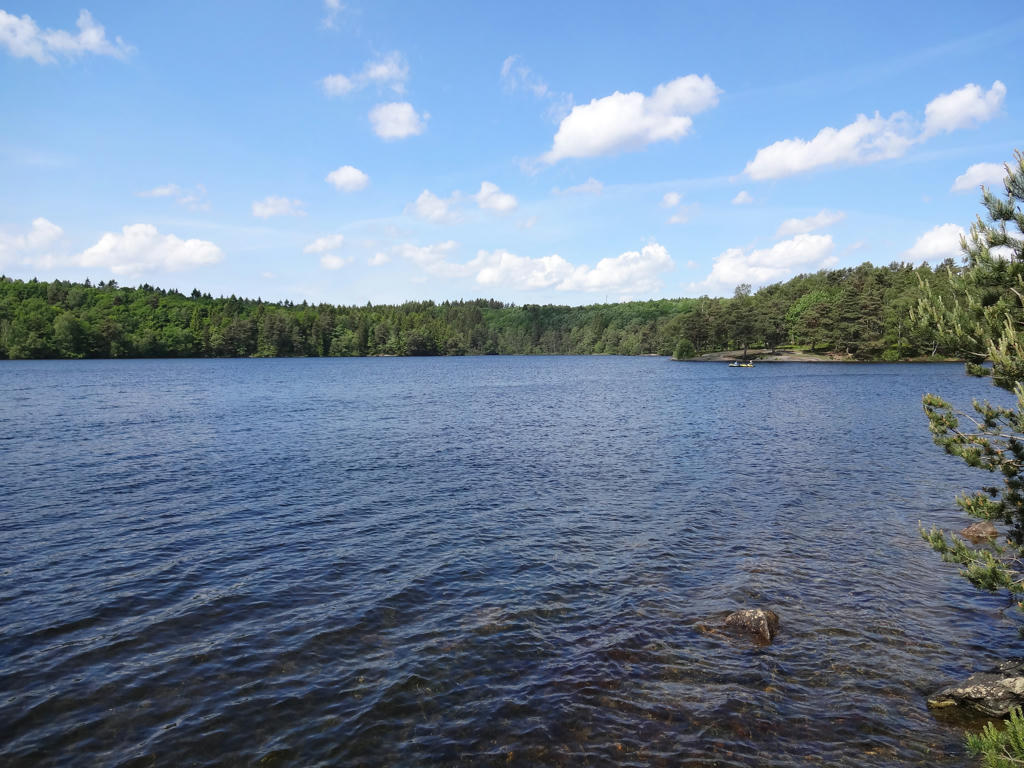
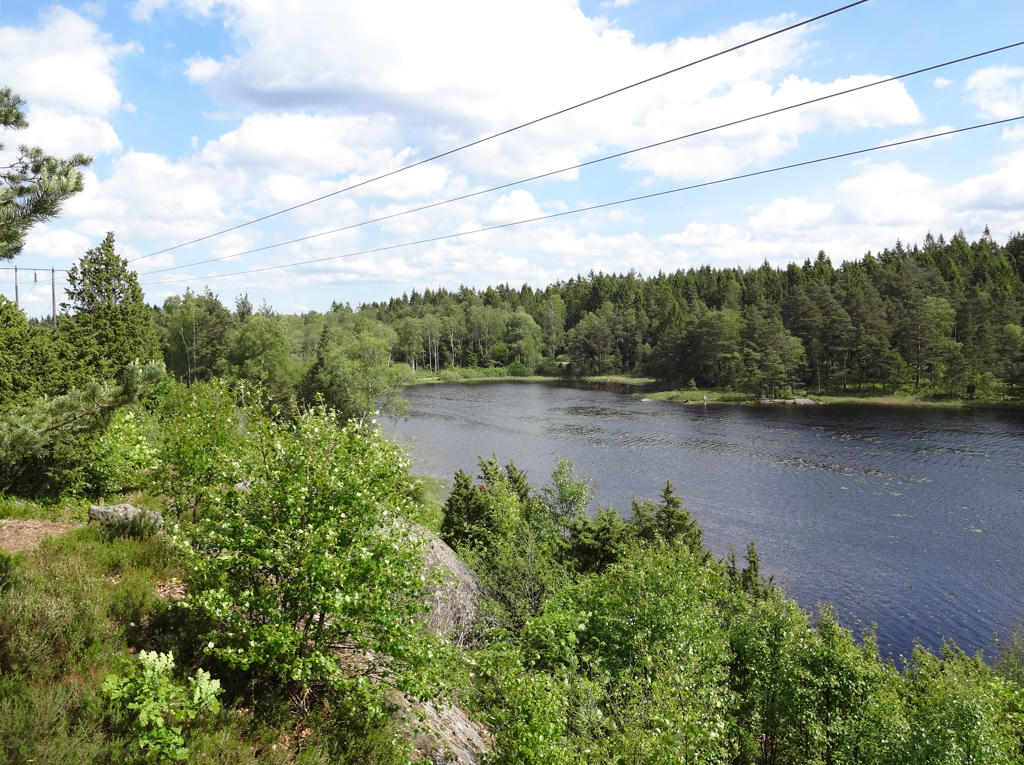
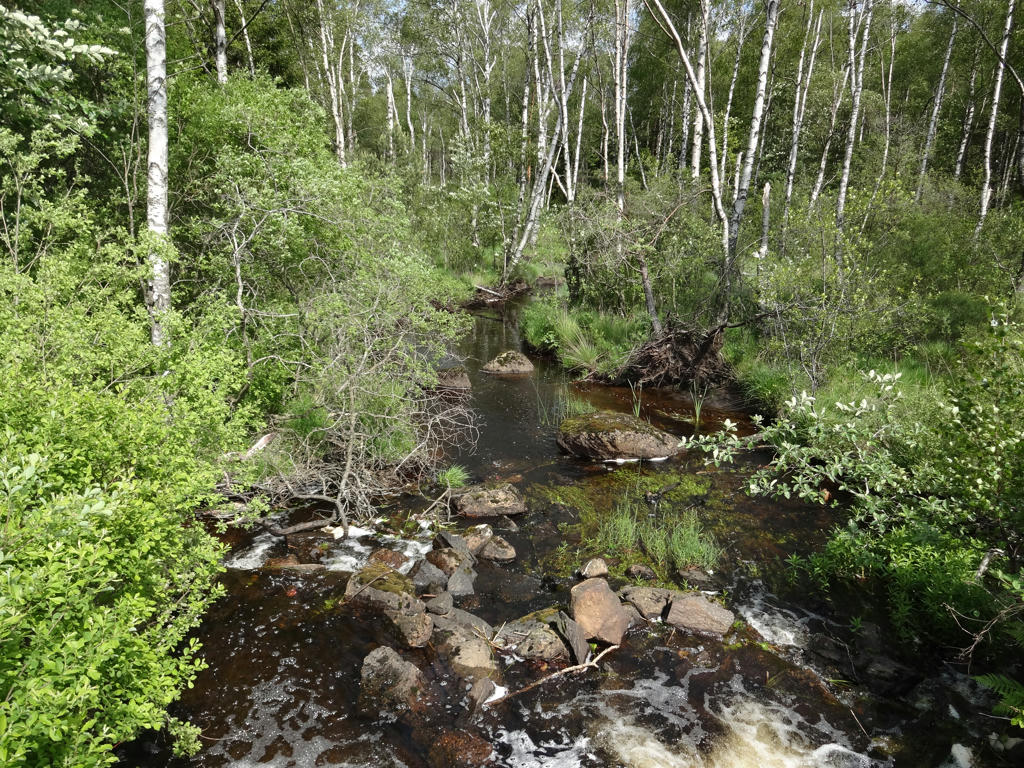
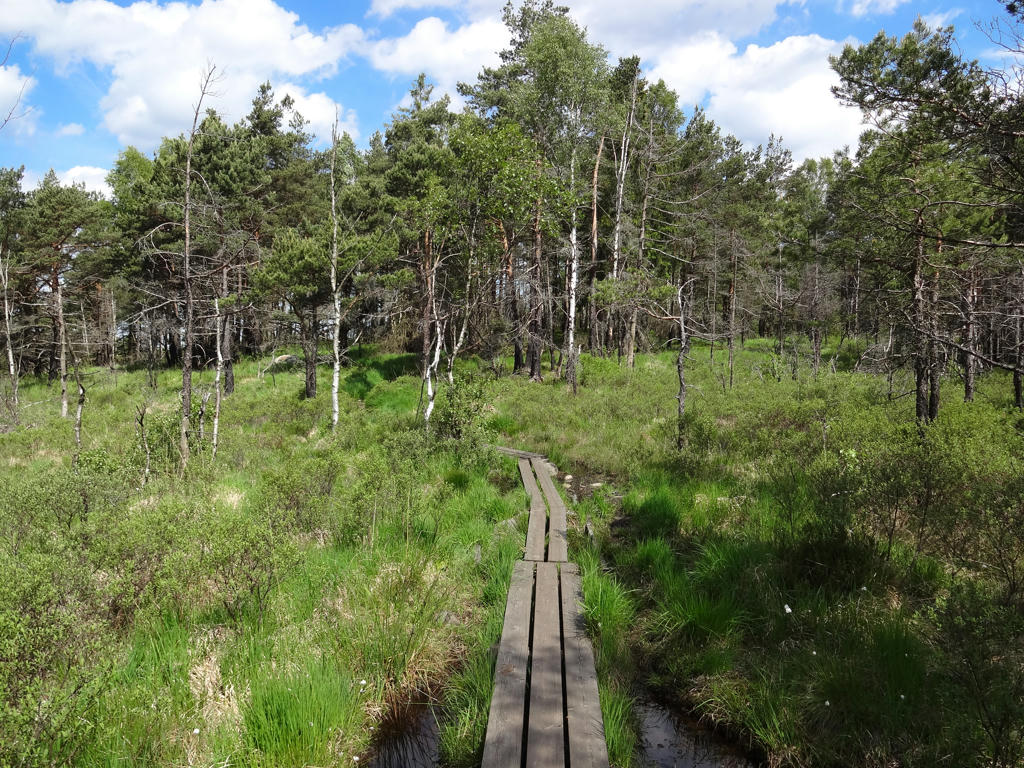
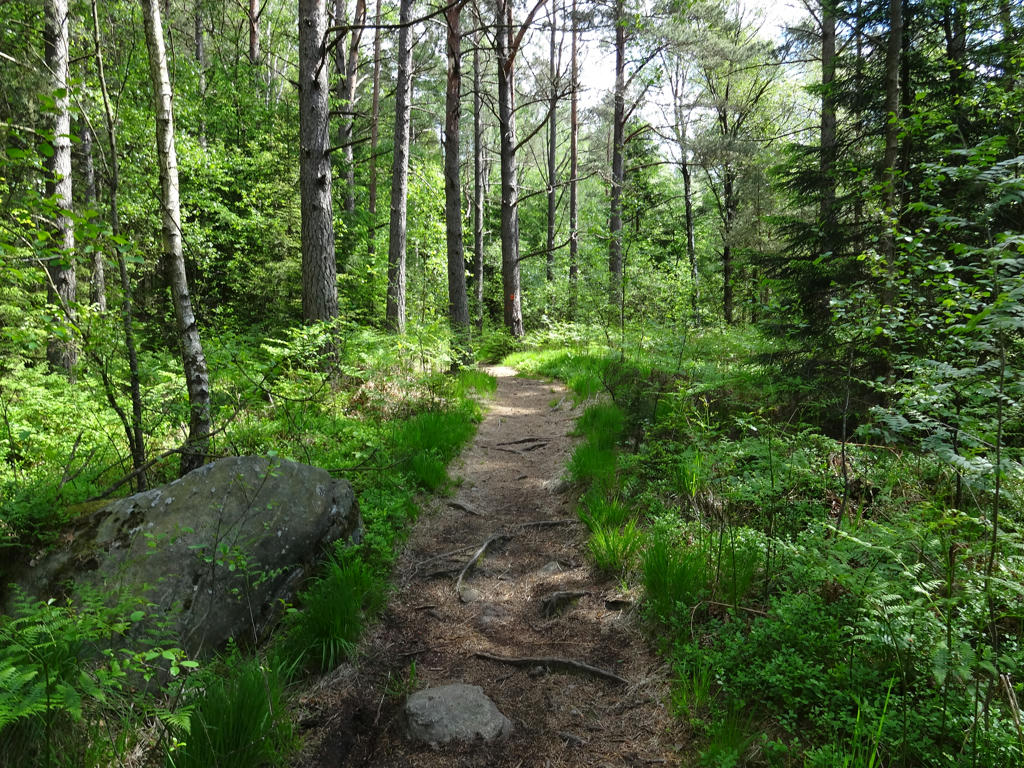
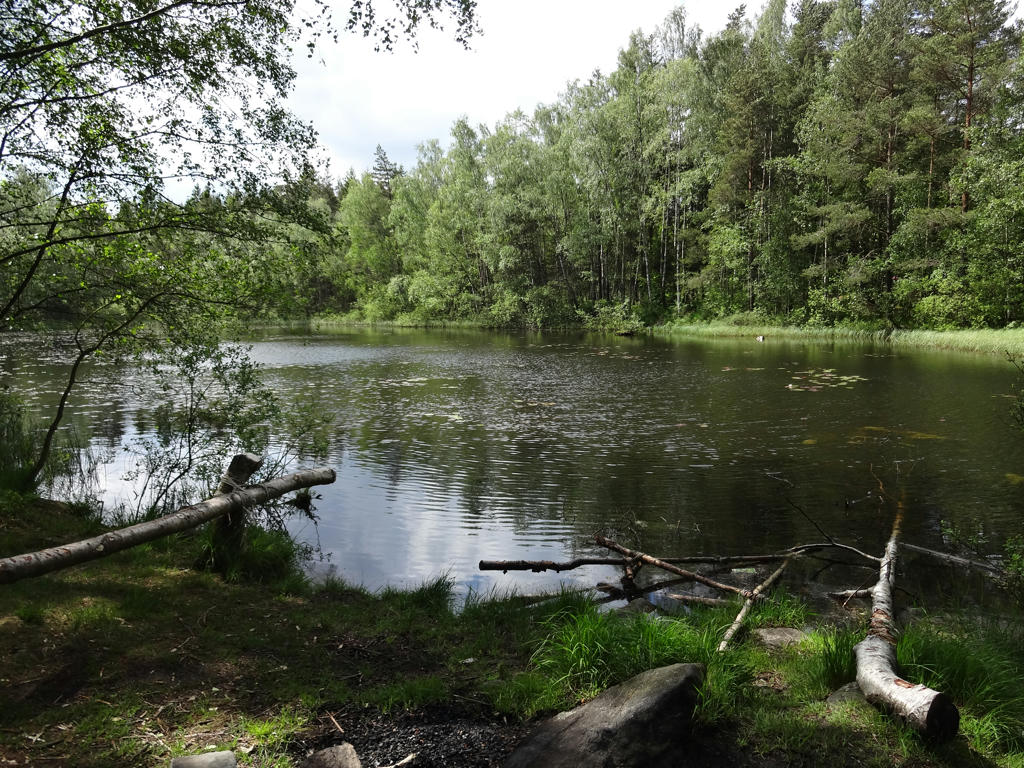
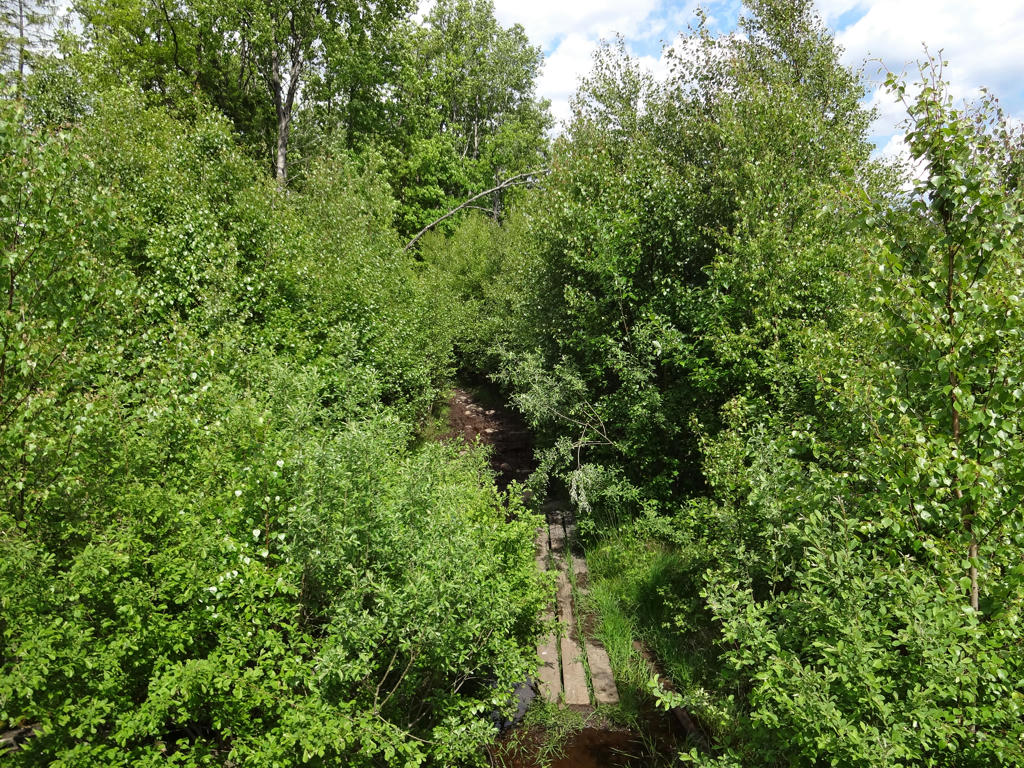
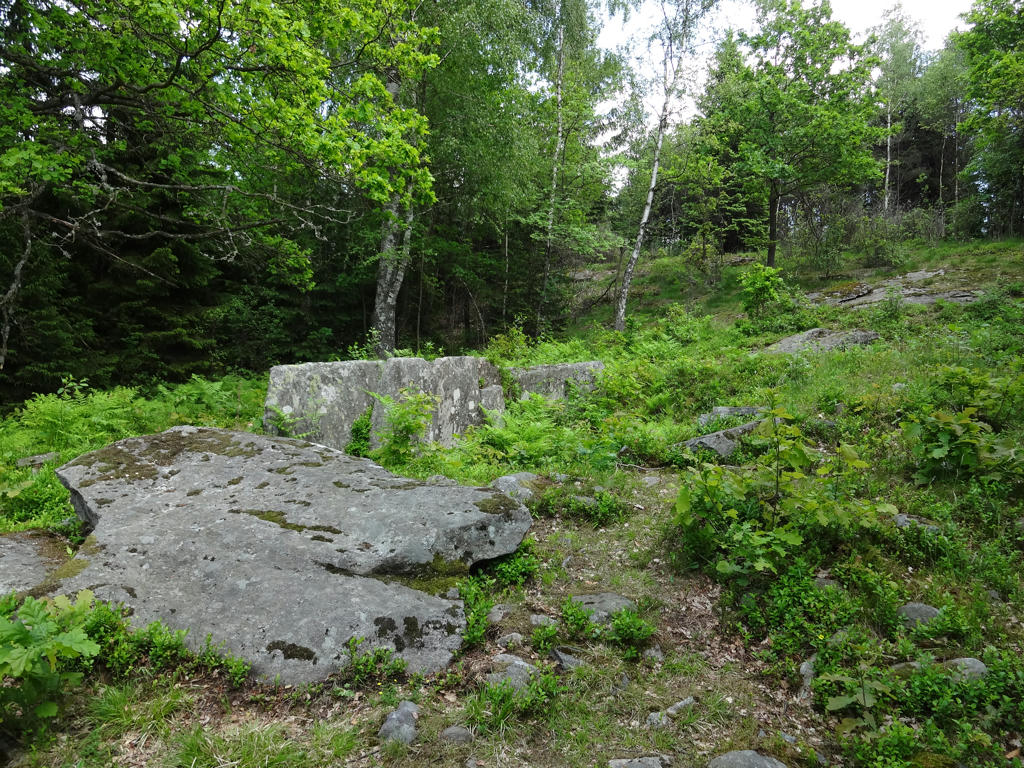
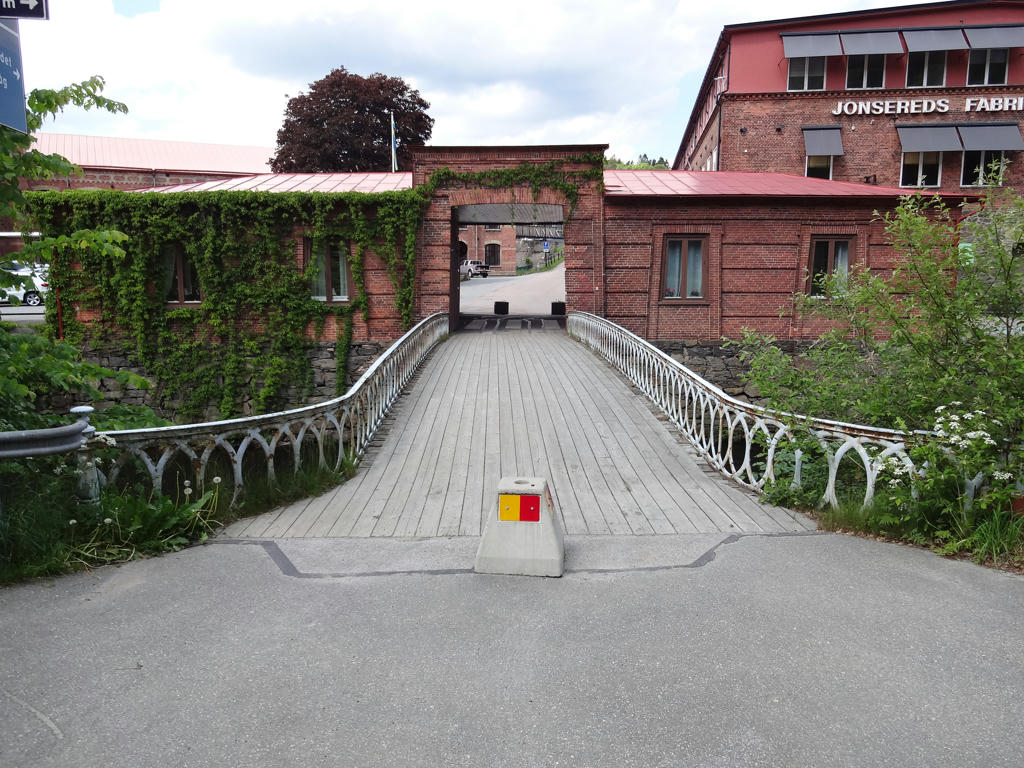
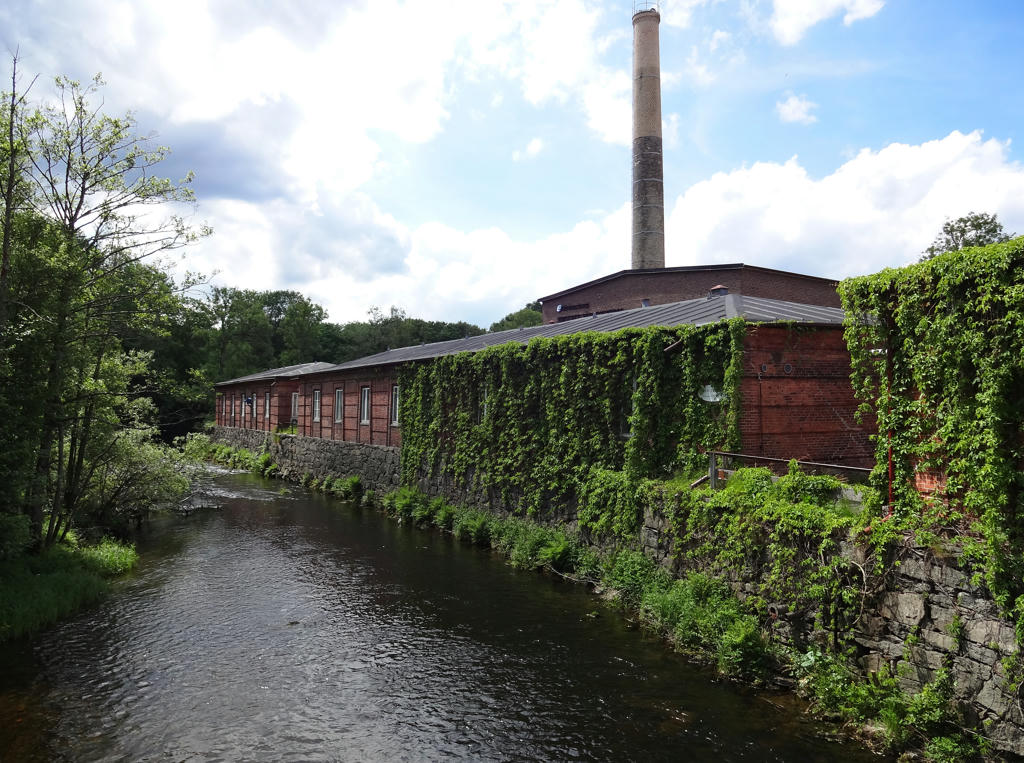
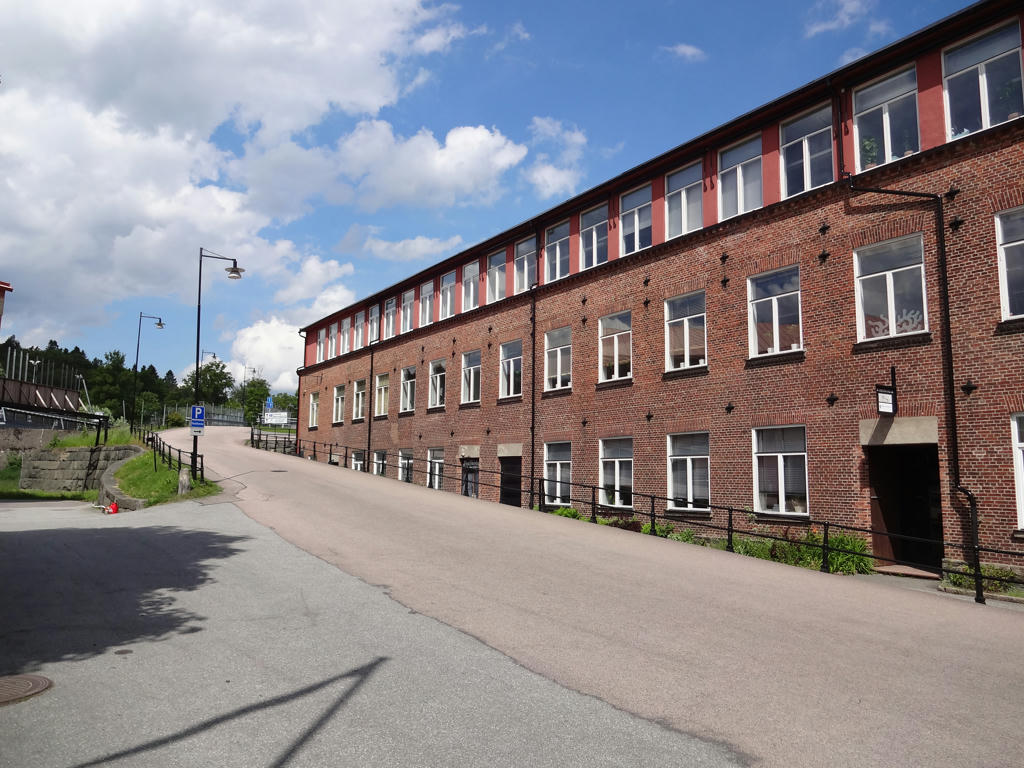
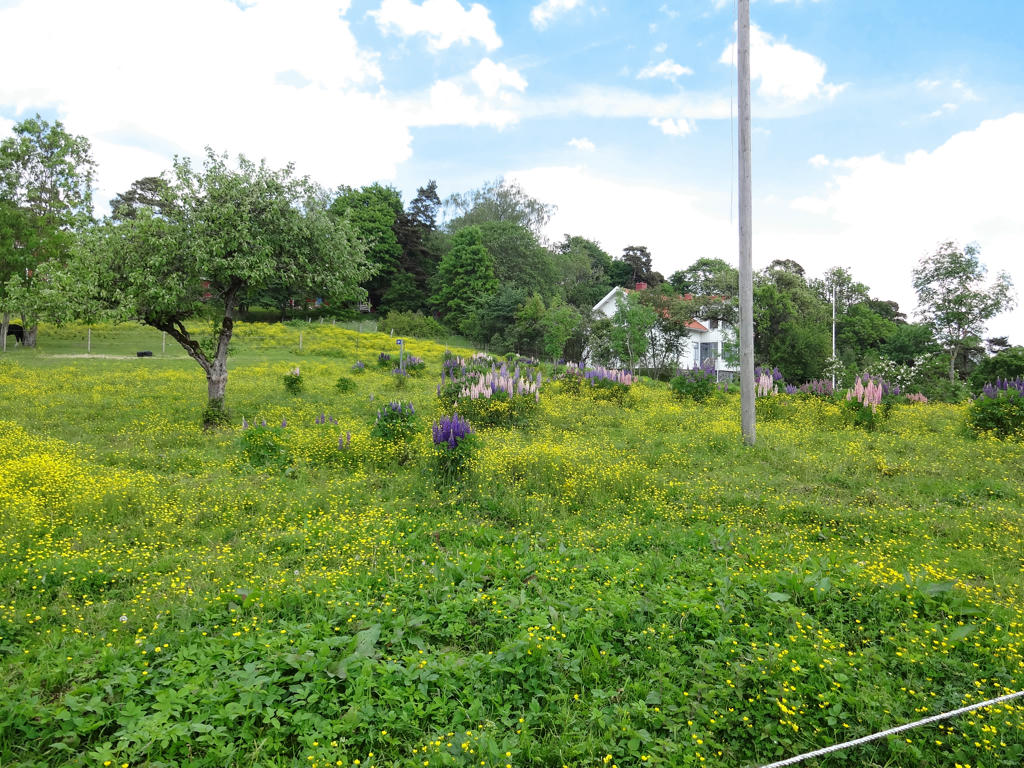
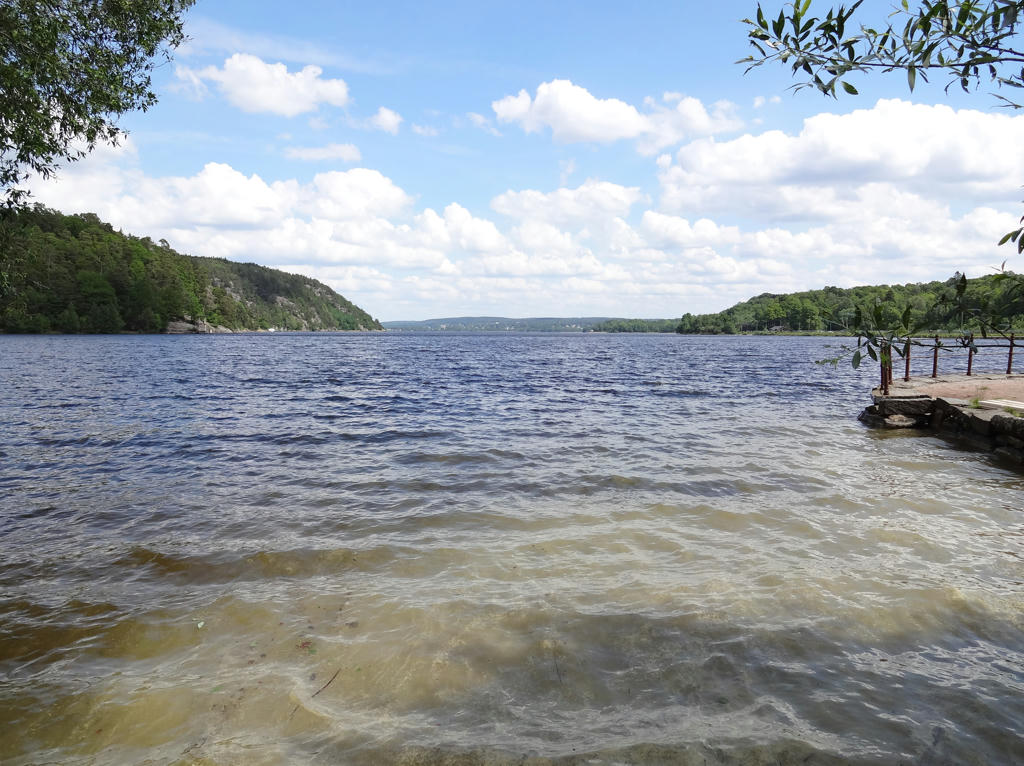
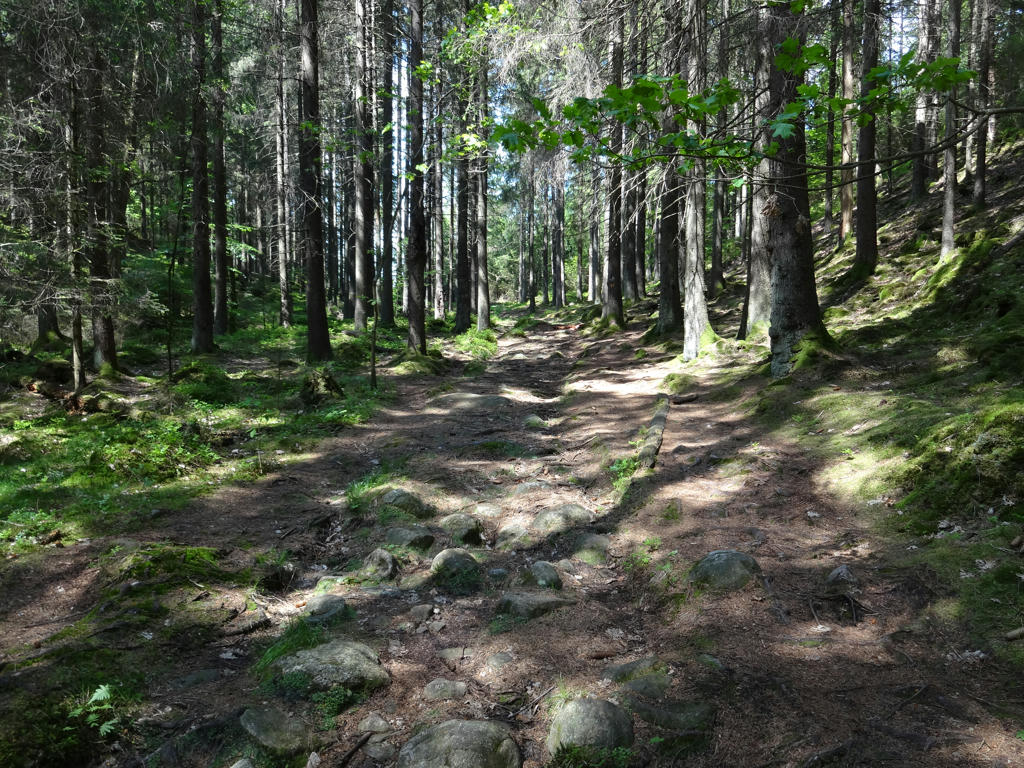
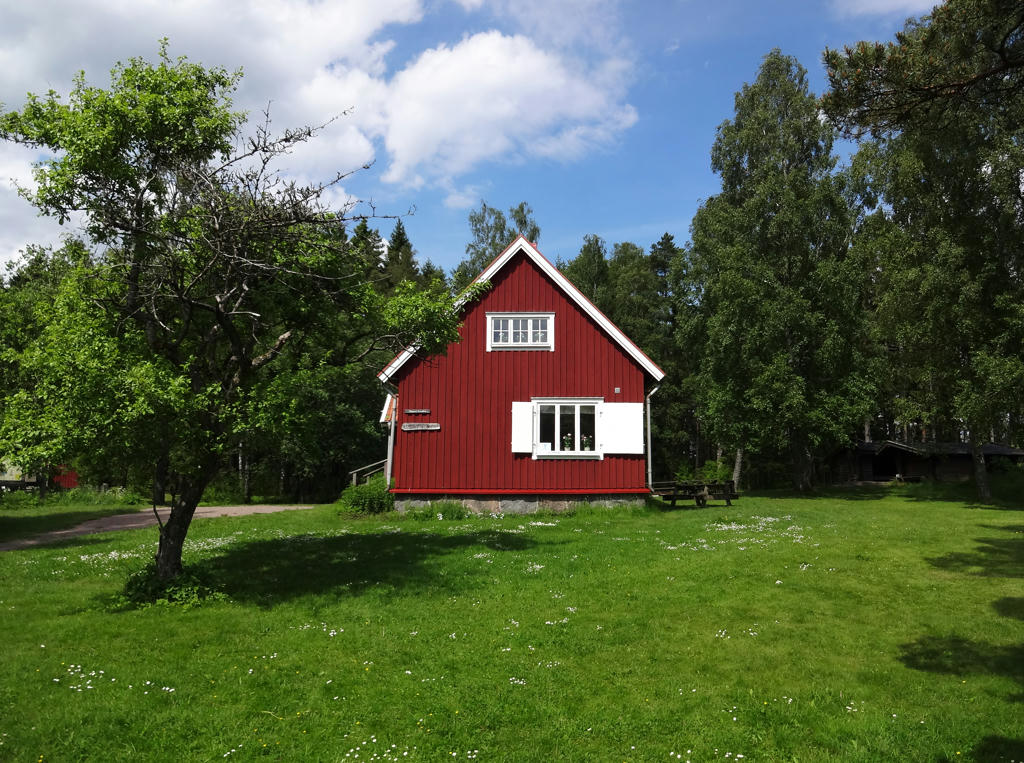
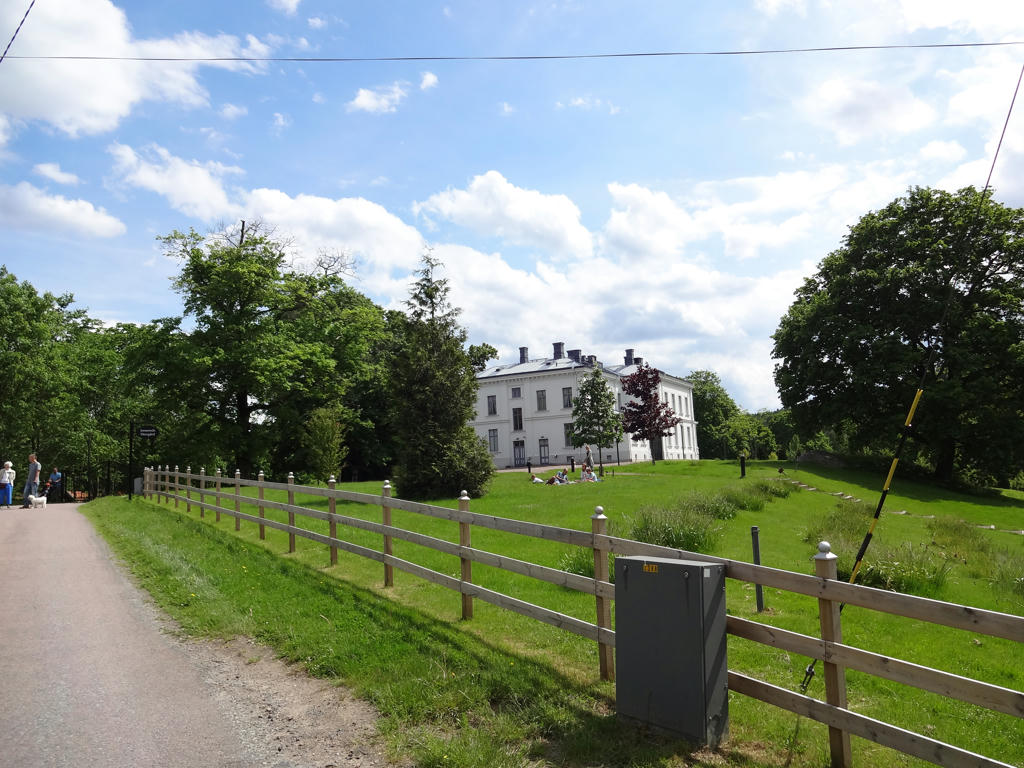
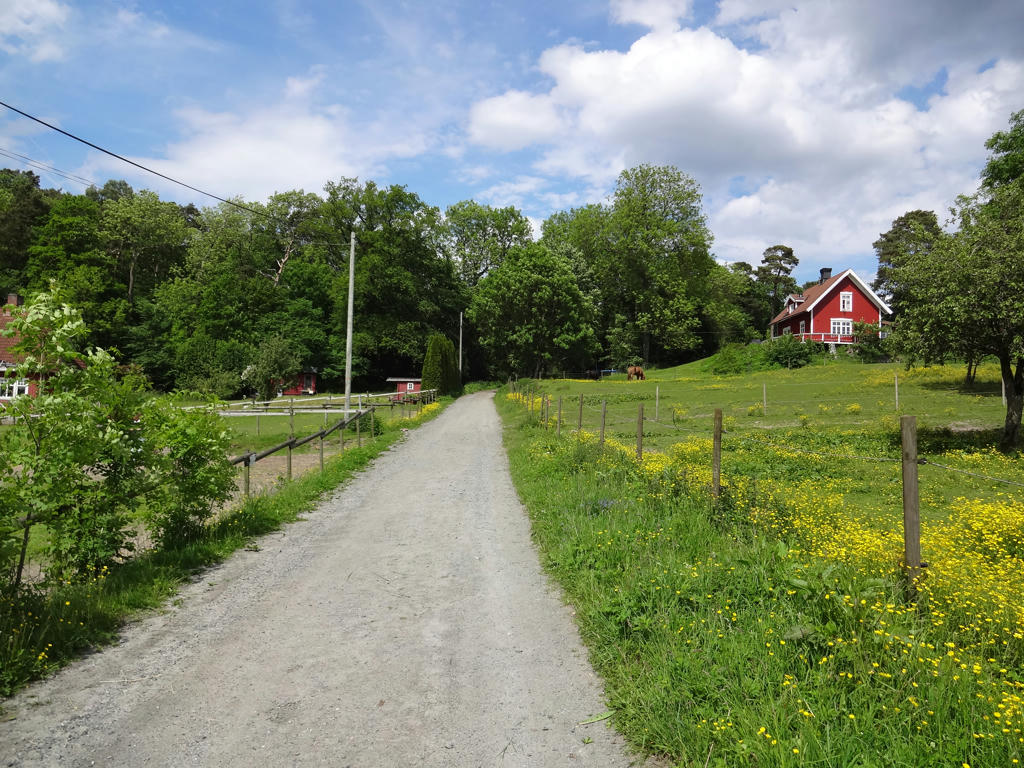
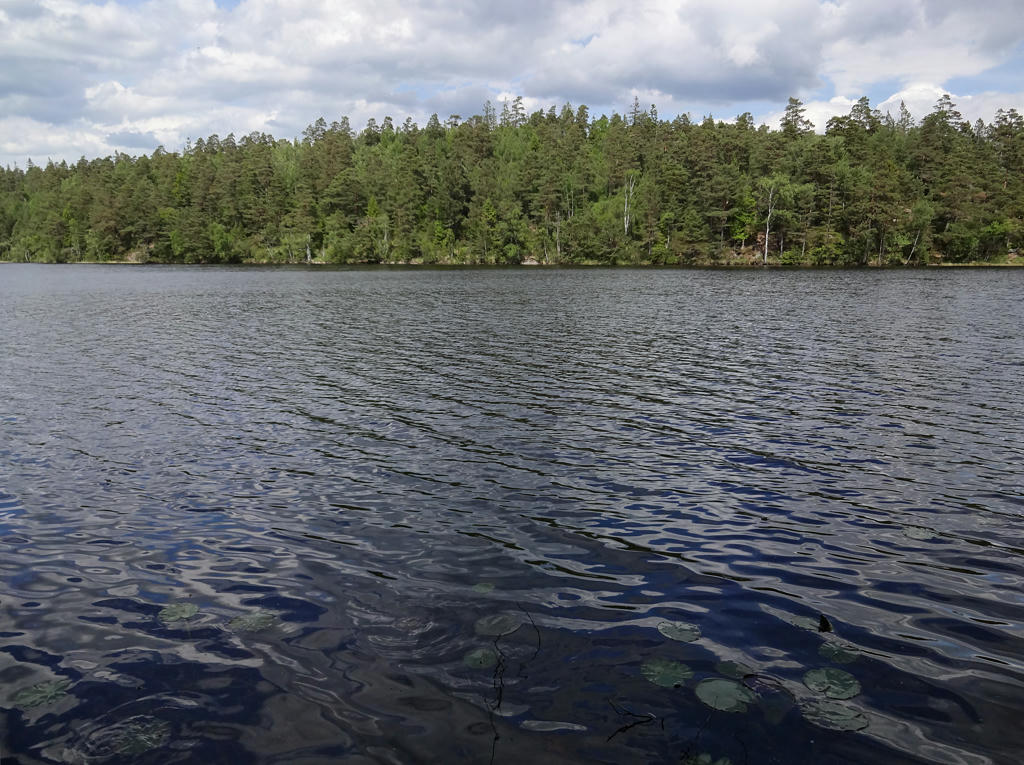
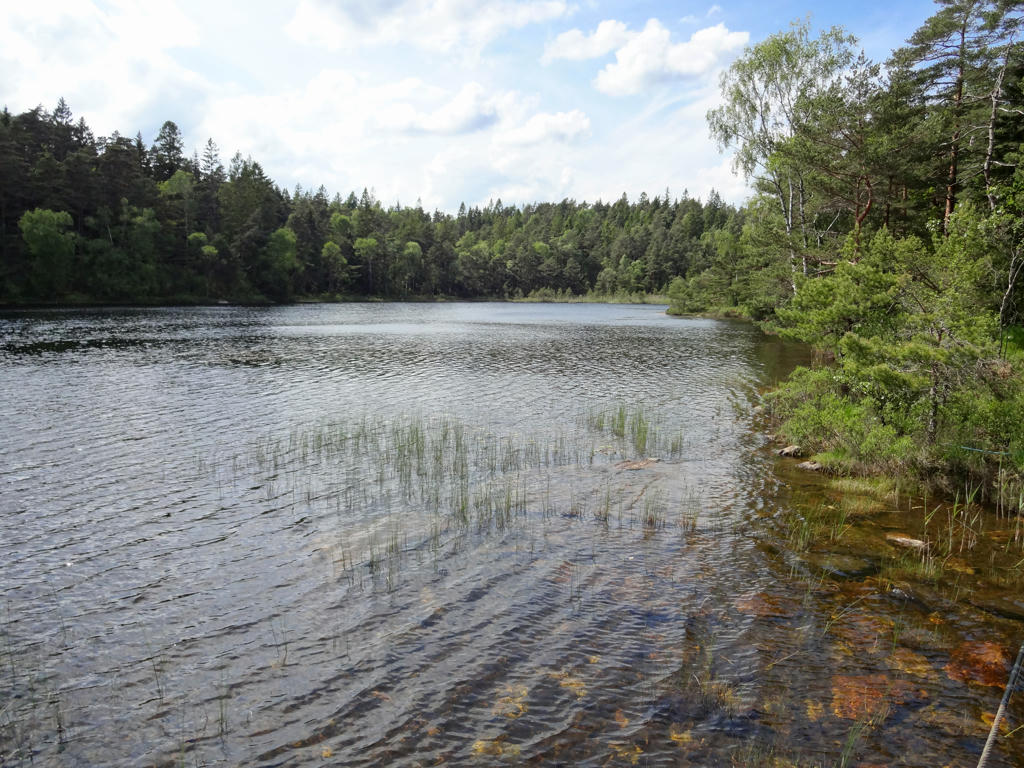
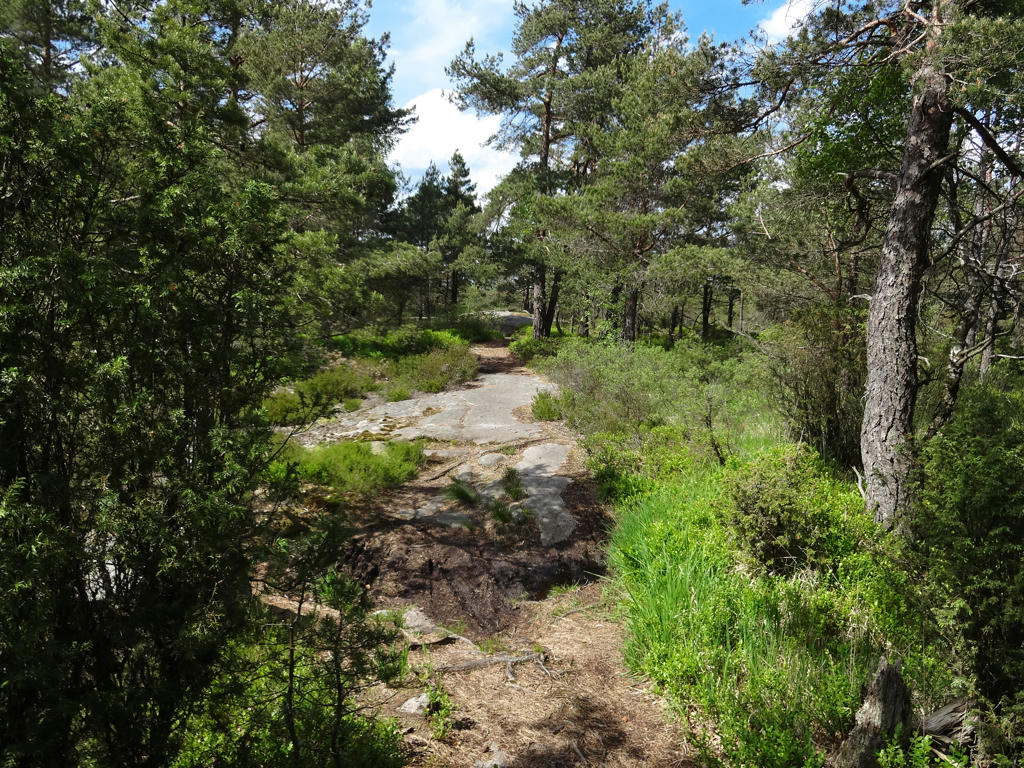
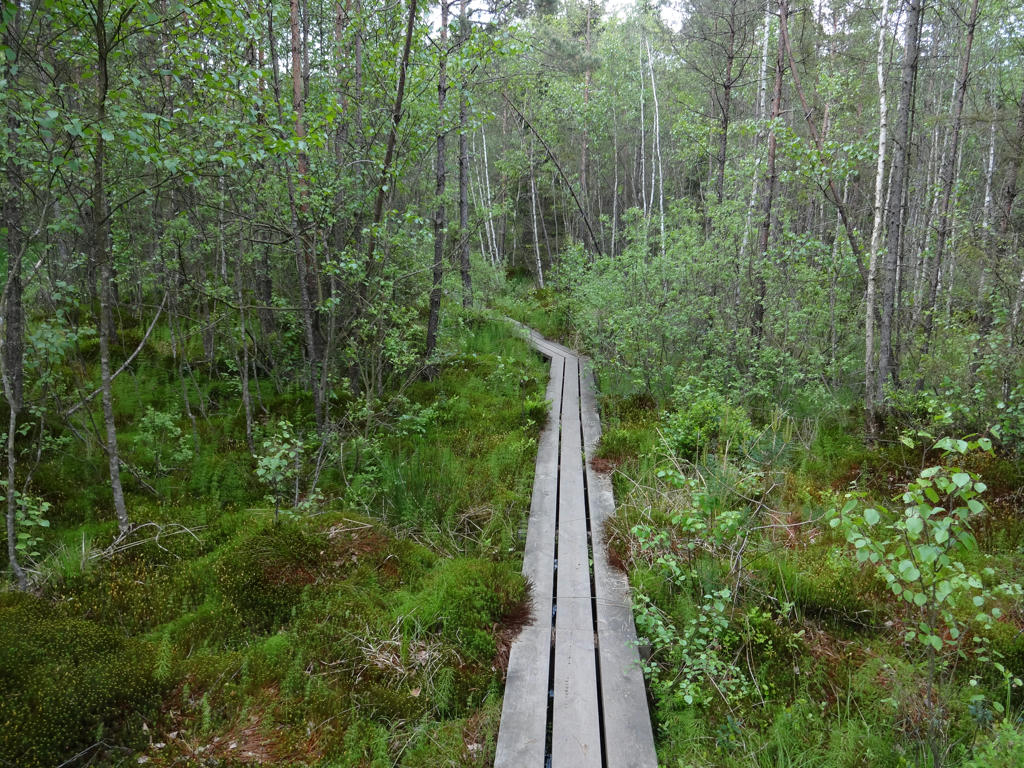
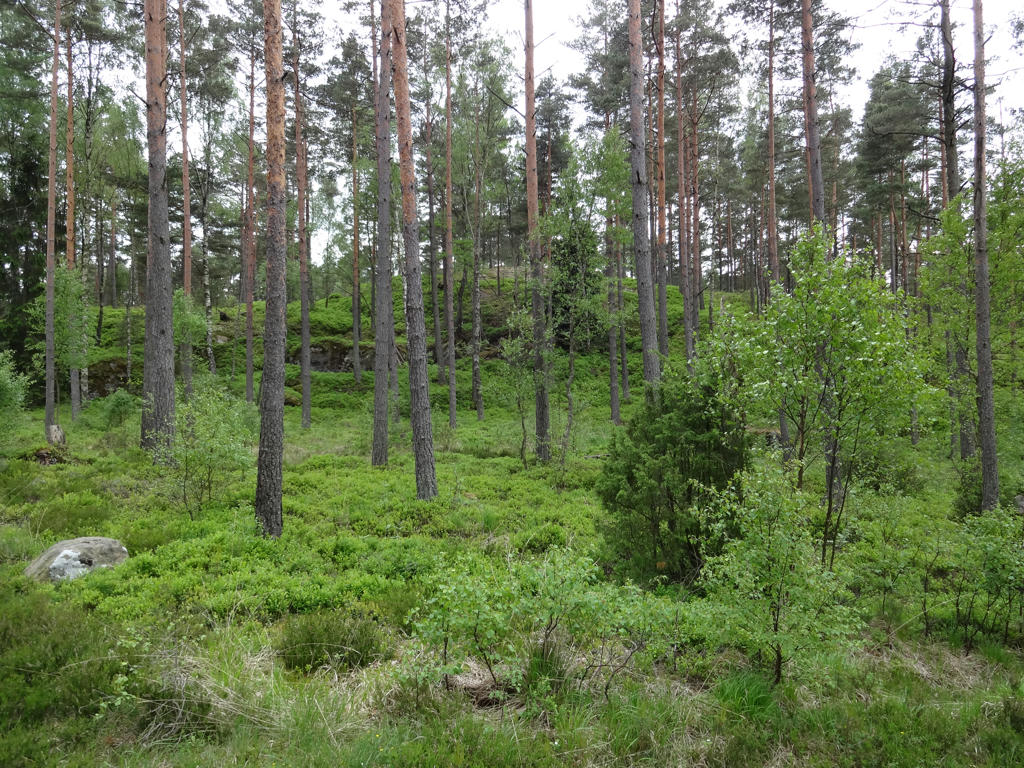
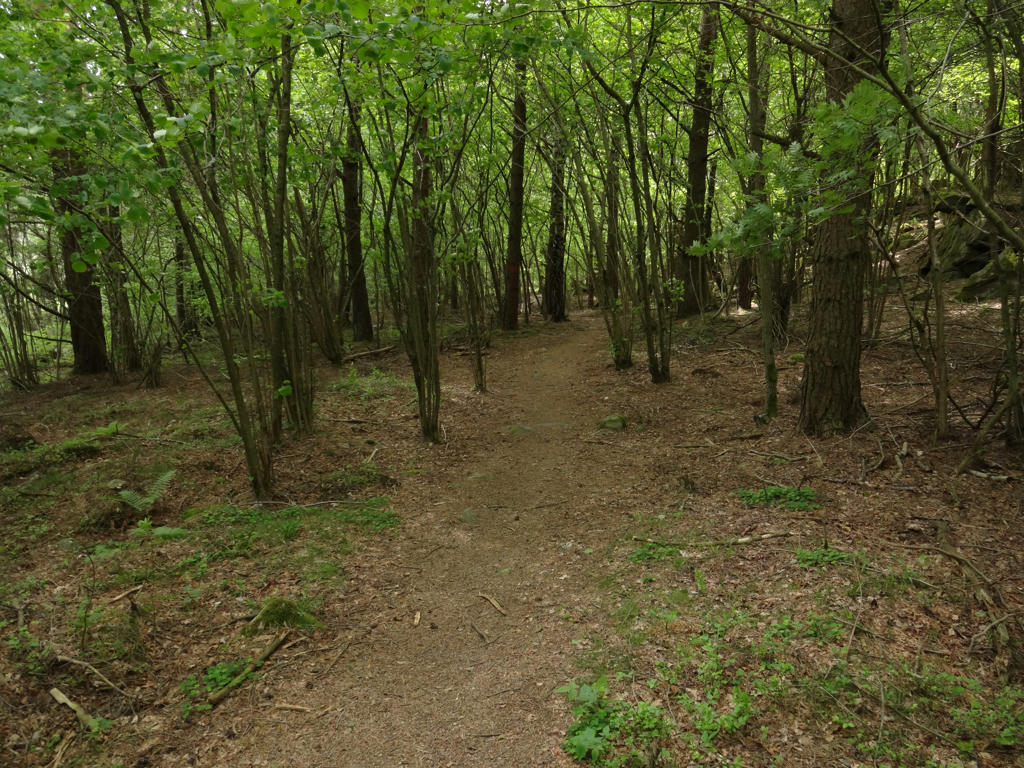
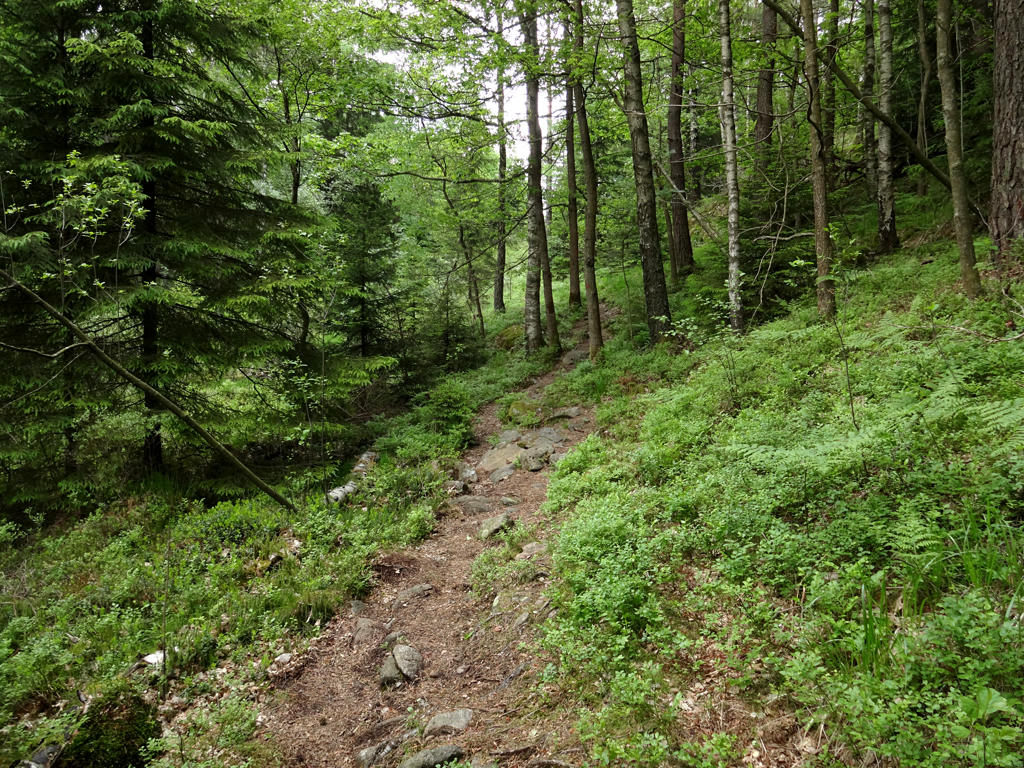
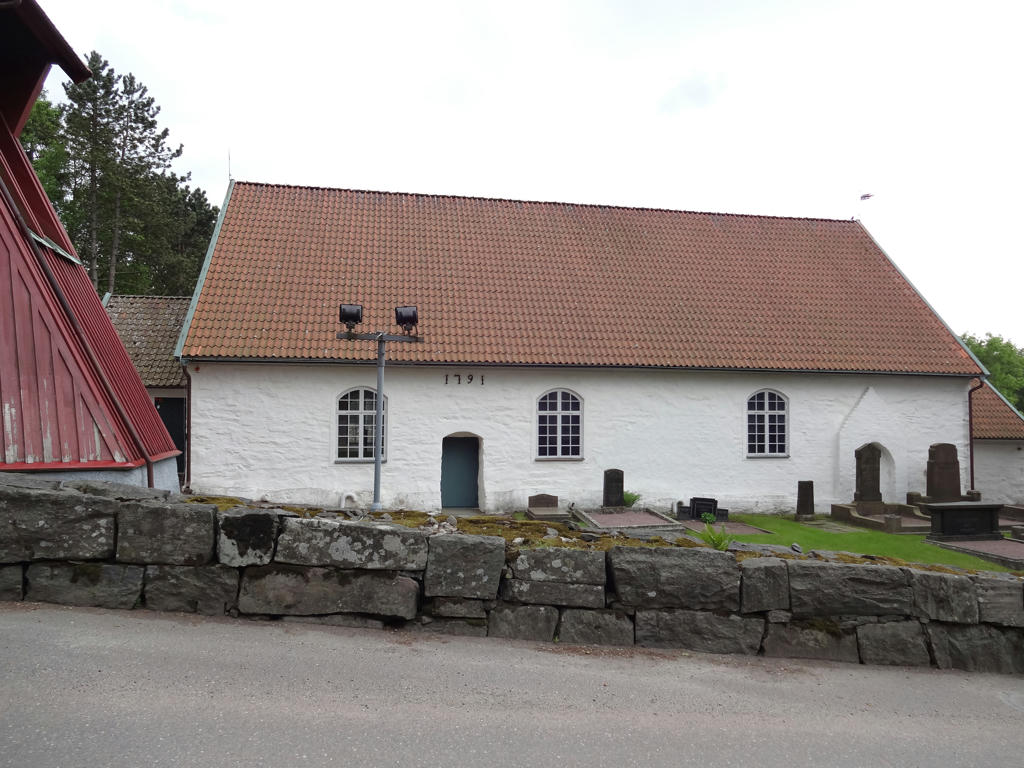
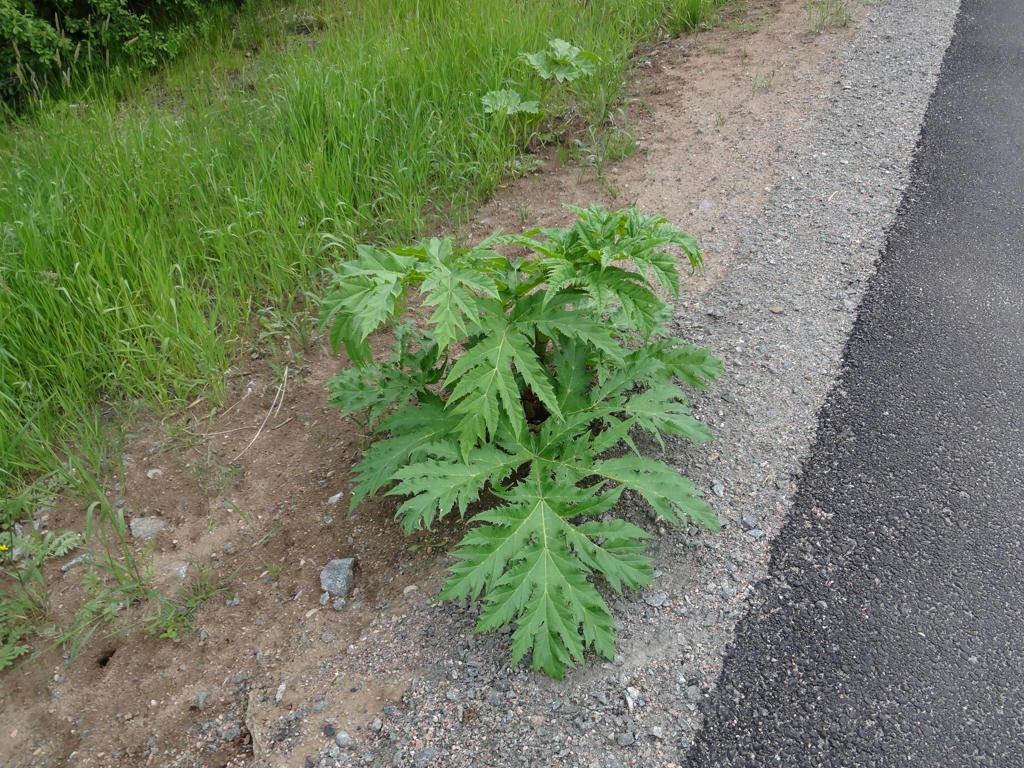
Inga kommentarer:
Skicka en kommentar